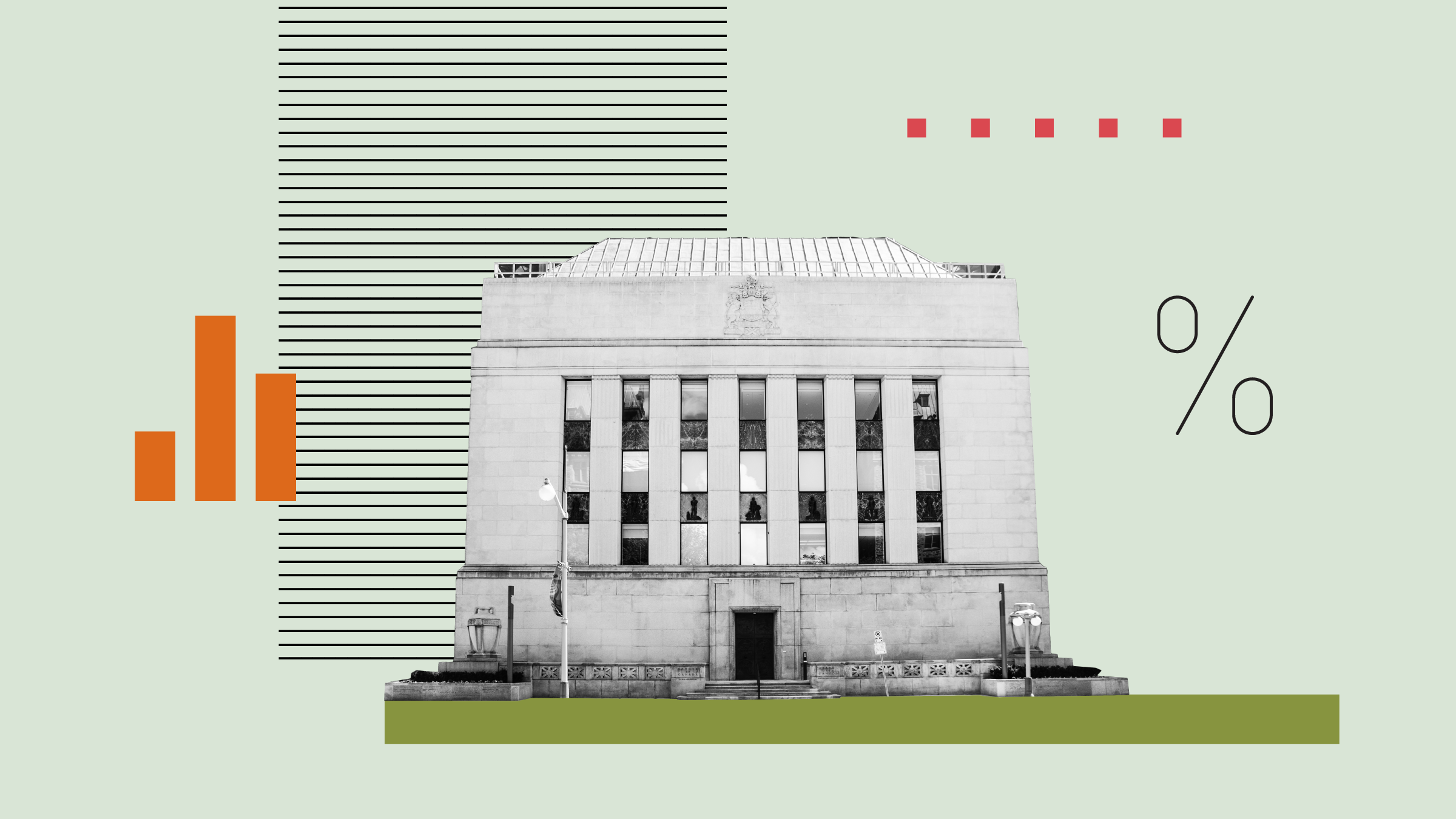
Today, with an eye on next year’s elections, Canadian Prime Minister Justin Trudeau announced a brief tax holiday and a cash offer to relieve households. While it remains to be seen whether the move will help win voters back to the Liberal government, analysts say the potential impact of the measures could sway the Bank of Canada’s Dec. 11 decision on interest rates.
Economists have debated whether the Bank will make a second consecutive half-percentage-point cut in its key policy rate or a quarter-point cut (as it did in June, July, and September). A 50-basis-point cut is considered a more aggressive move to support the economy.
Market analysts say if the recent inflation report tipped the scales in favor of a smaller rate cut, the new policy perks may nearly eliminate the possibility of a larger one. (These perks include a two-month tax waiver and C$250 rebate checks for Canadians earning less than C$150,000 annually.) However, there has also been a strong argument for a larger cut, given the slack in the economy and higher-than-neutral interest rates.
Will the Tax Holiday Boost Economic Growth?
Royce Mendes, managing director and head of macro strategy at Desjardins, says the total size of the combined package could be more than C$6 billion, or about 0.2% of Canada’s GDP. Fiscally, these numbers “could translate into a noticeable boost to [Canada’s economic] growth in the first half of next year,” he wrote in a note to investors. “The announcement should all but close the door to a 50-basis-point cut next month.” Mendes forecasts a 25-basis-point cut at the central bank’s next meeting in December, adding that such cuts will be the norm in 2025.
Benjamin Reitzes, managing director of Canadian rates and macro strategist at BMO Economics, expressed similar views in an analyst note. He says most of the stimulus checks will be saved, but the GST rebate will drive additional spending. As a result, he boosted his first-quarter 2025 GDP growth forecast from 1.7% to 2.5% while projecting a similar upward move for the fourth quarter of 2024 and the second quarter of 2025.
“For the Bank of Canada, the combination of the new stimulus, a more cautious [US Federal Reserve], upside inflation miss, along with an anticipated upward revision to GDP, should solidify expectations for a 25-basis-point rate cut in December, all but taking a 50-basis-point cut off the table,” Reitzes says.
Avery Shenfeld, managing director and chief economist at CIBC Capital Markets, says the economic impact of the short-term fiscal incentives could nudge policymakers toward a quarter-point cut, but “more in theory than in practice.” He says the government spending (and the boost it may provide to Canada’s C$3 trillion economy) is not substantial or permanent enough to make a material difference. “As a share of GDP, these measures are small—just decimal points, really—and won’t significantly alter the forecast for growth over the next four to six quarters, which is the Bank of Canada’s focus when setting interest rates.”
Shenfeld further points out that it’s unclear whether the rebate checks, set to be distributed next spring, will be offset by spending cuts elsewhere. “If the government is targeting a specific deficit level for the next fiscal year, they may reduce spending in other areas to compensate,” he argues.
Could the Bank of Canada Still Cut Rates By a Half Point?
For now, Shenfeld remains in the 50-basis-point cut camp, unlike the growing number of analysts who have trimmed their bets following the recent uptick in Canada’s inflation rate. “We recognize that the most recent inflation numbers were somewhat disappointing, but the Bank of Canada also considers the slack in the economy and how that creates downward pressure on inflation moving forward,” he notes. “Based on this, a 50-basis-point cut is still warranted, since current interest rates remain well above neutral.”
The GST relief will be effective from Dec. 14 to Feb. 15, and it will only apply to select goods, including children’s clothing, footwear, certain toys, beverages, print newspapers, and natural and artificial Christmas trees.
Meanwhile, economists are shifting their focus to key economic data, including GDP results on Nov. 29 and the jobs report on Dec. 6, to assess whether the Bank of Canada might need to implement another substantial rate cut.
The author or authors do not own shares in any securities mentioned in this article. Find out about Morningstar's editorial policies.















